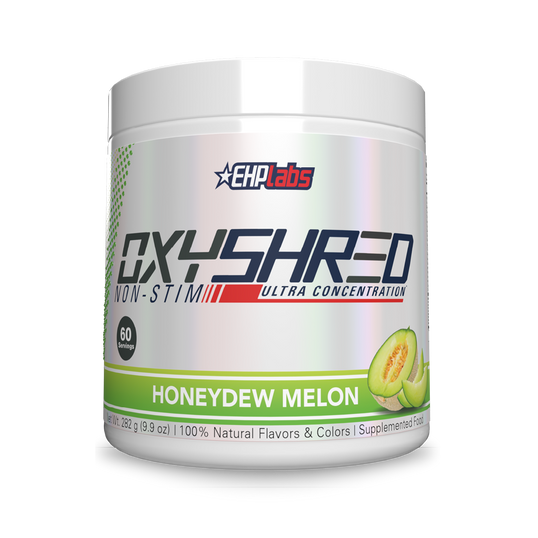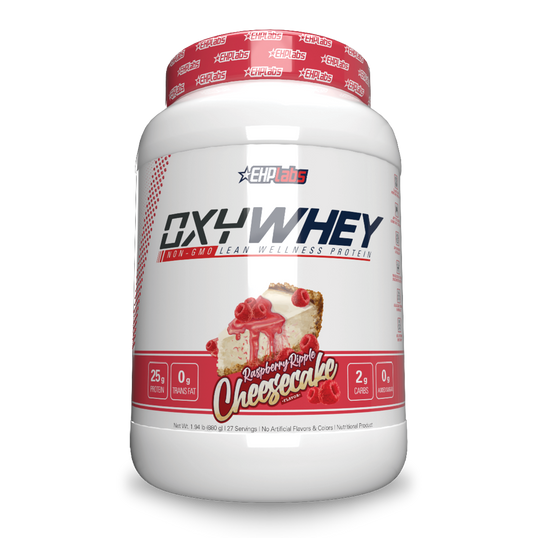Explore The Range
OxyShred Ultra Concentration
18 Flavours Available
Regular price
$59.95
Regular price
Was
Sale price
$59.95
Unit price
/
per
OxyShred Hardcore
7 Flavours Available
Regular price
$59.95
Regular price
Was
Sale price
$59.95
Unit price
/
per
OxyShred | Non-Stim
6 Flavours Available
Regular price
$59.95
Regular price
Was
Sale price
$59.95
Unit price
/
per
OxyShred - Buy 2 Get 2 Free
Regular price
$119.90
Regular price
Was
$239.80
Sale price
$119.90
Unit price
/
per
OxyGreens - Daily Super Greens Powder
9 Flavours Available
Regular price
$49.95
Regular price
Was
Sale price
$49.95
Unit price
/
per
OxyGreens Stick Pack - Daily Super Greens Powder
3 Flavours Available
Regular price
$34.99
Regular price
Was
Sale price
$34.99
Unit price
/
per
Oxysleep Collagen Night Time Shred
1 Flavours Available
Regular price
$59.95
Regular price
Was
Sale price
$59.95
Unit price
/
per
Oxyglow - Natural Marine Collagen
1 Flavours Available
Regular price
$34.95
Regular price
Was
Sale price
$34.95
Unit price
/
per
Beyond BCAA+EAA Intra-Workout
13 Flavours Available
Regular price
$54.95
Regular price
Was
Sale price
$54.95
Unit price
/
per
Crea-8 | Creatine Monohydrate
1 Flavours Available
Regular price
$59.95
Regular price
Was
Sale price
$59.95
Unit price
/
per
Acetyl L-Carnitine | Shredding Support
1 Flavours Available
Regular price
$39.95
Regular price
Was
Sale price
$39.95
Unit price
/
per
Glutamine | Recovery Amino Acids
1 Flavours Available
Regular price
$44.99
Regular price
Was
Sale price
$44.99
Unit price
/
per
OxyWhey Lean Wellness Protein
6 Flavours Available
Regular price
$49.95
Regular price
Was
Sale price
$49.95
Unit price
/
per
ISOPEPT Hydrolyzed Whey Protein
4 Flavours Available
Regular price
$49.95
Regular price
Was
Sale price
$49.95
Unit price
/
per
Blessed Plant-Based Protein
11 Flavours Available
Regular price
$59.95
Regular price
Was
Sale price
$59.95
Unit price
/
per
Proven. Loved. Trusted
Real results. Real transformations. Your journey to greatness starts now. Finish strong and MAKE MARCH COUNT
 AU
AU
 US
US
 UK
UK




































